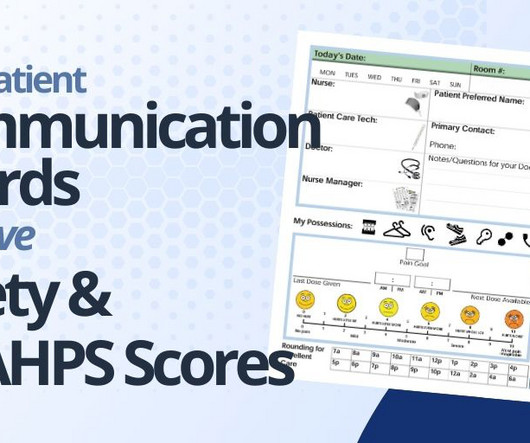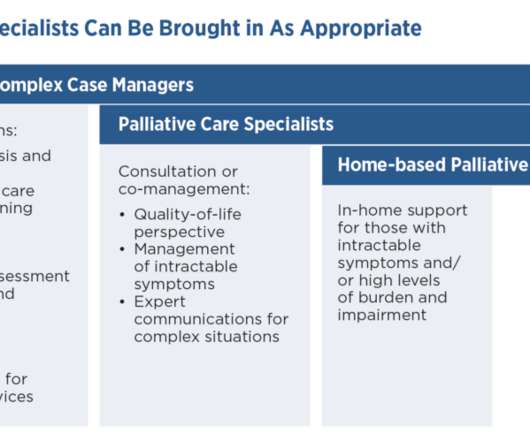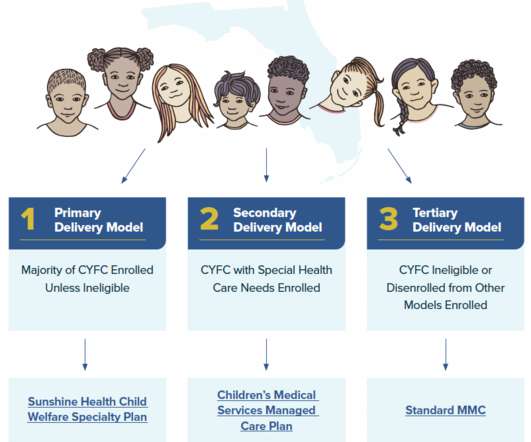How Effective Patient Communication Boards Improve Safety & HCAHPS Scores
Readiness Rounds
JULY 31, 2023
Patient communication boards play a pivotal role in enhancing both patient satisfaction and a hospital's HCAHPS (Hospital Consumer Assessment of Healthcare Providers and Systems) score and star rating. Do you ever question the effectiveness of your hospital's communication boards?














Let's personalize your content